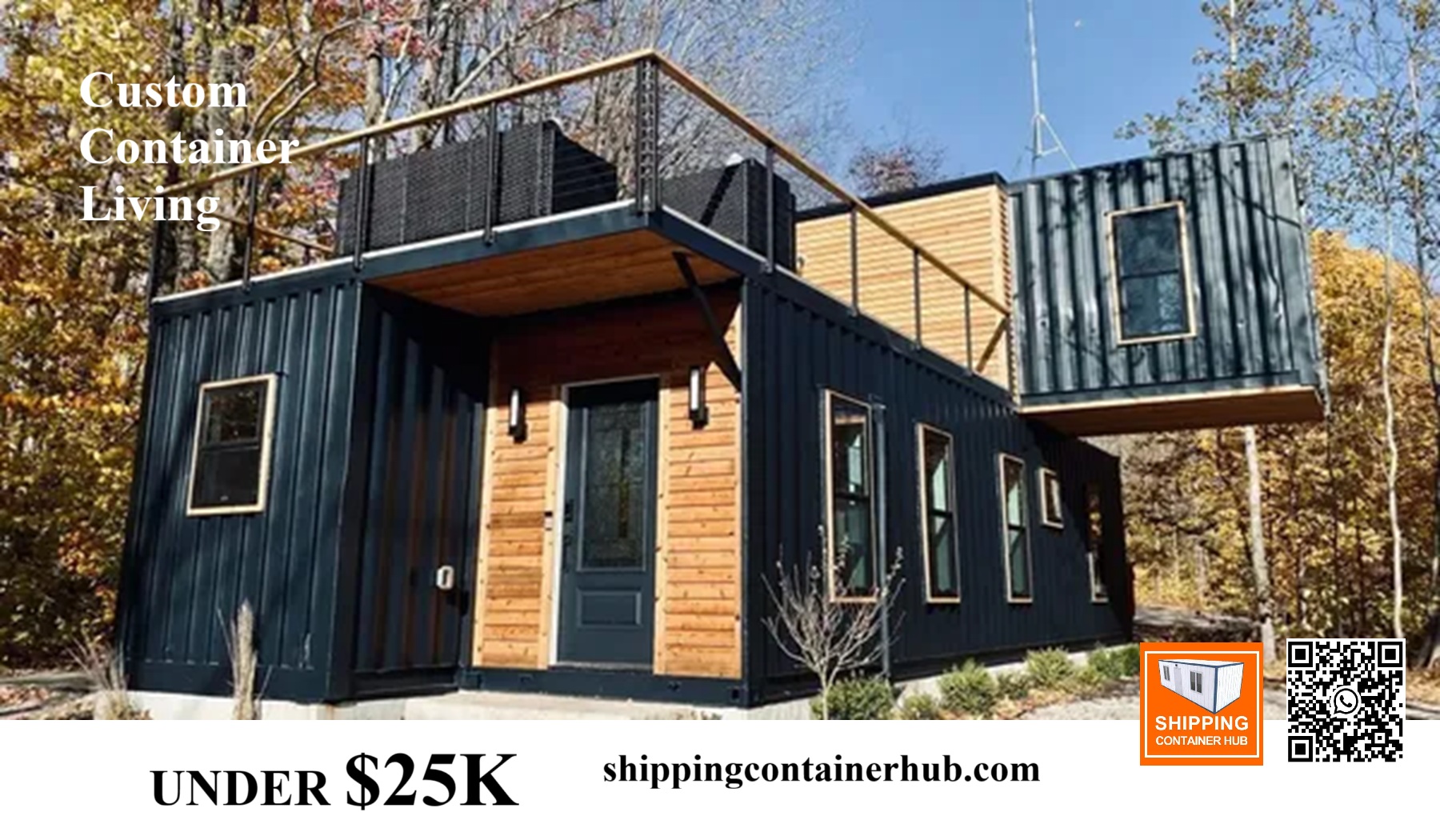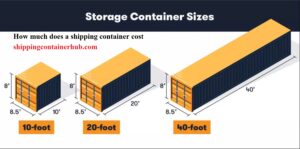Share via:
The Shipping Container Weight : The Future of Living is Transformational
At ShippingContainerHub.com, we believe that the future of living isn’t traditional—it’s transformational. Since 2023, we’ve been pioneering the use of small shipping container homes to redefine modern living. Our mission is to provide sustainable, affordable, and innovative housing solutions that inspire a new way of life. But have you ever wondered about the weight of a shipping container and how it plays a crucial role in this transformation? Let’s dive into the fascinating world of shipping containers and explore their weight, functionality, and potential.
For inquiries or online consultations, feel free to reach out to us at shippingcontainerhub24hours@gmail.com. Don’t forget to connect with us on social media: LinkedIn, Pinterest, Instagram, and Facebook.
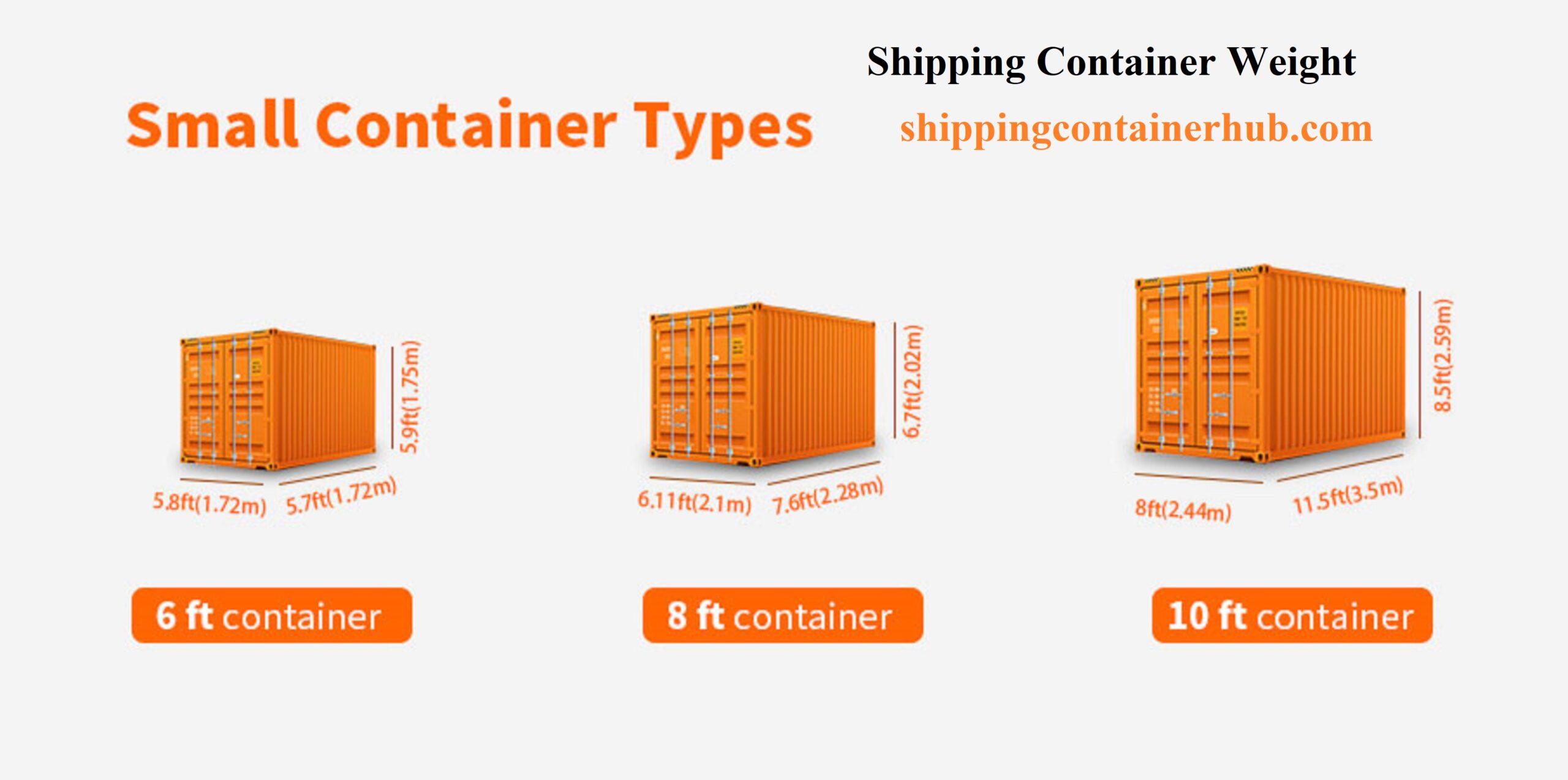
-
Save
What is Shipping Container Weight?
The weight of a shipping container refers to its mass, which varies depending on its size, material, and whether it’s empty or loaded. Shipping containers are engineered to be durable and robust, making them ideal for transporting goods and repurposing into homes. Understanding this weight is essential for anyone considering the use of shipping containers for residential or commercial purposes.
Shipping containers are primarily made from steel, which contributes to their strength but also adds considerable weight. The most common sizes are 20-foot and 40-foot containers, each with distinct weight specifications.
Why Does Shipping Container Weight Matter?
Understanding the weight of a shipping container is essential for several reasons:
- Structural Integrity: The weight determines the container’s ability to withstand external forces such as wind, rain, and seismic activities. A well-constructed foundation is necessary to support the weight of the container and its contents.
- Transportation Costs: Heavier containers may incur higher shipping fees, especially when transporting them over long distances. Knowing the weight helps in budgeting and logistics.
- Home Construction: For small shipping container homes, weight affects foundation requirements and overall design. Lighter structures may require less extensive foundations, leading to cost savings.
- Zoning and Building Regulations: Different regions have laws governing the use of shipping containers for housing. These regulations often consider the weight of the structures to ensure safety and compliance.
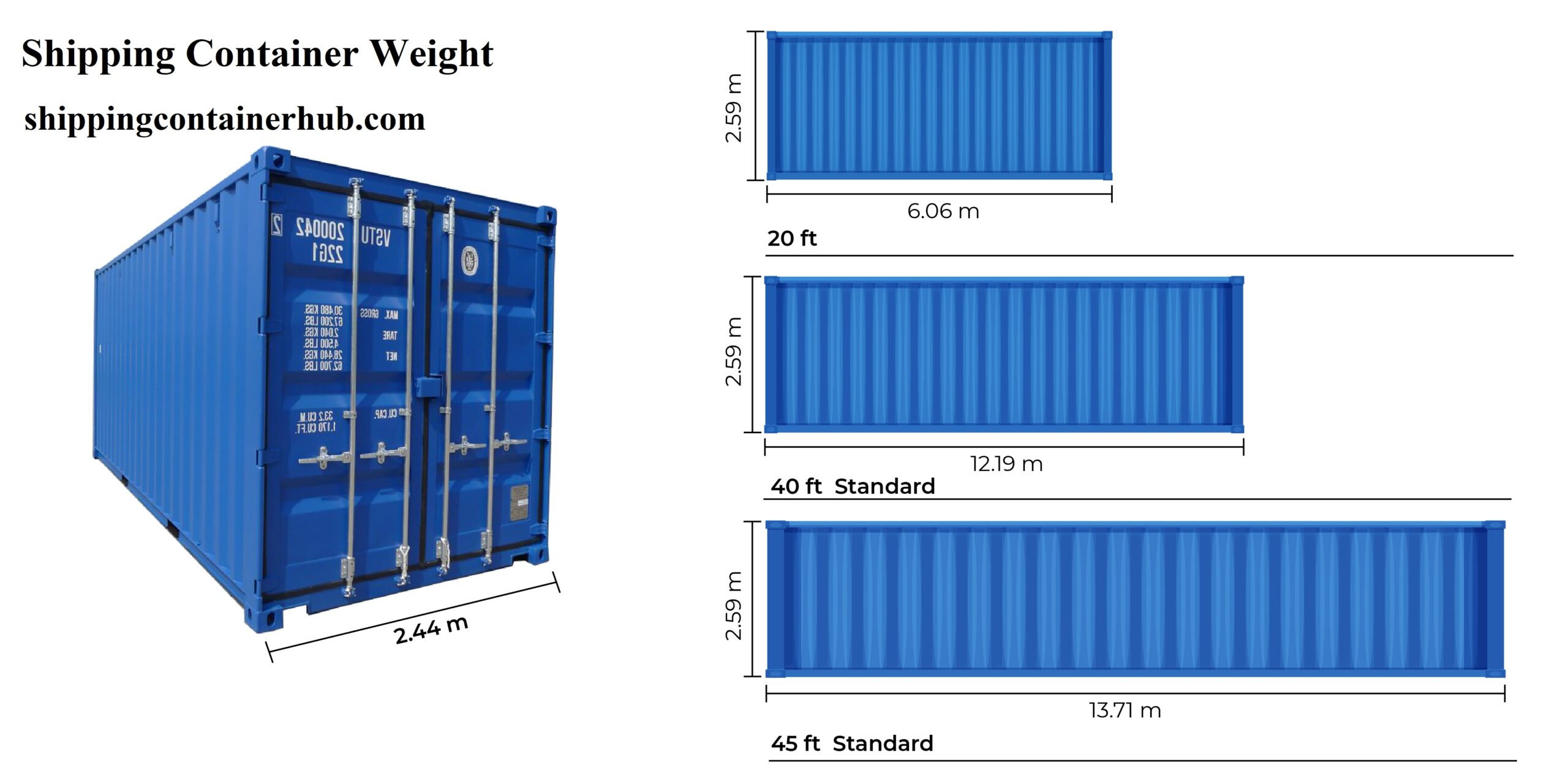
-
Save
20-Foot Shipping Container Weight: A Closer Look
A 20-foot shipping container is one of the most commonly used sizes. Here’s a breakdown:
- Empty Weight: Approximately 2,200 kg (4,850 lbs).
- Maximum Gross Weight: Around 24,000 kg (52,910 lbs).
- Payload Capacity: Roughly 21,800 kg (48,060 lbs).
This size is perfect for compact living spaces, offering versatility without overwhelming weight. The 20 ft shipping container weight allows it to be transported easily while providing ample space for innovative living designs.
Applications of 20-Foot Shipping Containers:
- Single-Family Homes: Ideal for small family units or single-person residences.
- Office Spaces: They can be transformed into functional office spaces, making them perfect for startups and freelancers.
- Studios and Workshops: Artists and craftsmen often use these containers as studios for their creative endeavors.
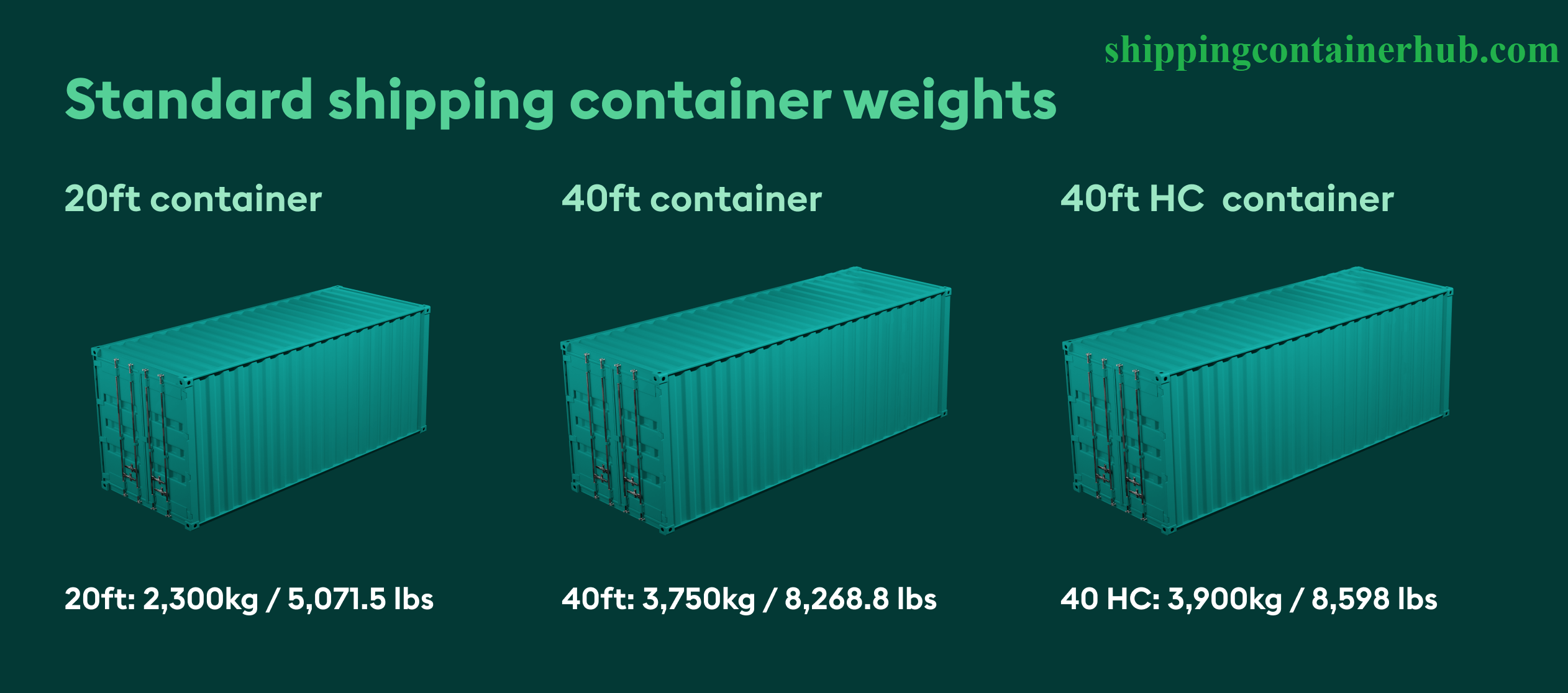
-
Save
40-Foot Shipping Container Weight: The Heavyweight Champion
The 40-foot shipping container is the larger counterpart, often used for spacious homes or commercial purposes:
- Empty Weight: Approximately 3,800 kg (8,377 lbs).
- Maximum Gross Weight: Around 30,480 kg (67,200 lbs).
- Payload Capacity: Roughly 26,680 kg (58,820 lbs).
Its larger size and weight make it ideal for multi-room designs or shared living spaces. The 40 ft shipping container weight allows for more flexibility in design and layout, accommodating larger families or groups.
Applications of 40-Foot Shipping Containers:
- Multi-Family Homes: Can be designed to house multiple families or individuals, with separate living quarters.
- Commercial Use: Often used for cafes, retail spaces, and pop-up shops due to their larger interior space.
- Community Centers: Can serve as gathering spaces for communities, offering meeting rooms and activity areas.
Empty vs. Loaded: The Dynamics of Shipping Container Weight
An empty shipping container is significantly lighter than a loaded one. For example:
- A 20 ft shipping container weight empty is about 2,200 kg, while its loaded weight can exceed 24,000 kg.
- A 40 ft shipping container weight empty is around 3,800 kg, but when loaded, it can weigh over 30,000 kg.
This distinction is crucial for transportation, construction, and customization. Knowing the difference helps in planning for construction projects, ensuring that the site can accommodate the weight of the container when loaded.
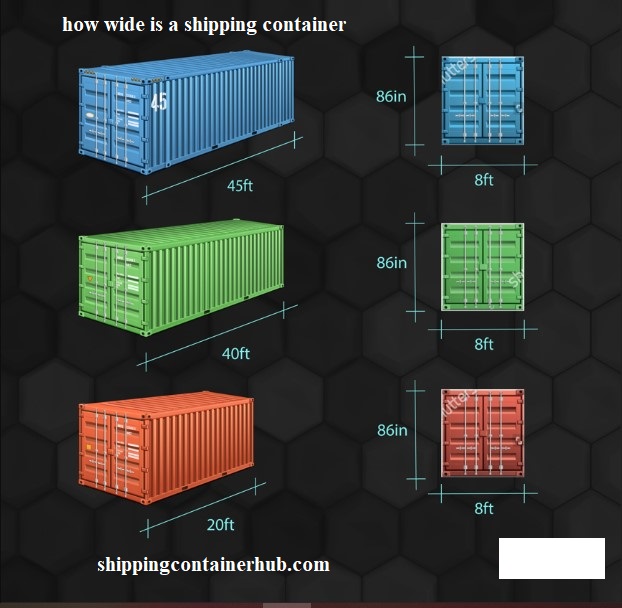
-
Save
How Shipping Container Weight Impacts Small Container Homes
At ShippingContainerHub.com, we specialize in transforming shipping containers into homes. The weight of the container influences:
- Foundation Design: Heavier containers require stronger foundations to support their mass. This consideration is vital in areas with unstable soil or high winds.
- Mobility: Lighter containers are easier to relocate, making them ideal for mobile home designs.
- Sustainability: Repurposing containers reduces waste and promotes eco-friendly living. Understanding weight helps in optimizing design without compromising structural integrity.
Design Considerations:
- Material Selection: Using lighter materials for insulation and internal walls can reduce the overall weight of the home.
- Foundation Types: Options like pier foundations can be more suitable for lighter containers, while heavier models may require concrete slabs.
- Energy Efficiency: Proper insulation can help reduce energy costs, making container homes more sustainable.
Environmental Impact of Shipping Container Homes
Shipping container homes are often touted for their environmental benefits. Here’s how understanding container weight plays into that narrative:
- Reduced Waste: By repurposing containers that would otherwise sit idle or be scrapped, we contribute to reducing environmental waste.
- Sustainable Materials: Many container homes incorporate sustainable materials and practices, further reducing their environmental footprint.
- Energy Efficiency: With proper insulation and ventilation, these homes can be designed to minimize energy consumption, preserving the planet for future generations.
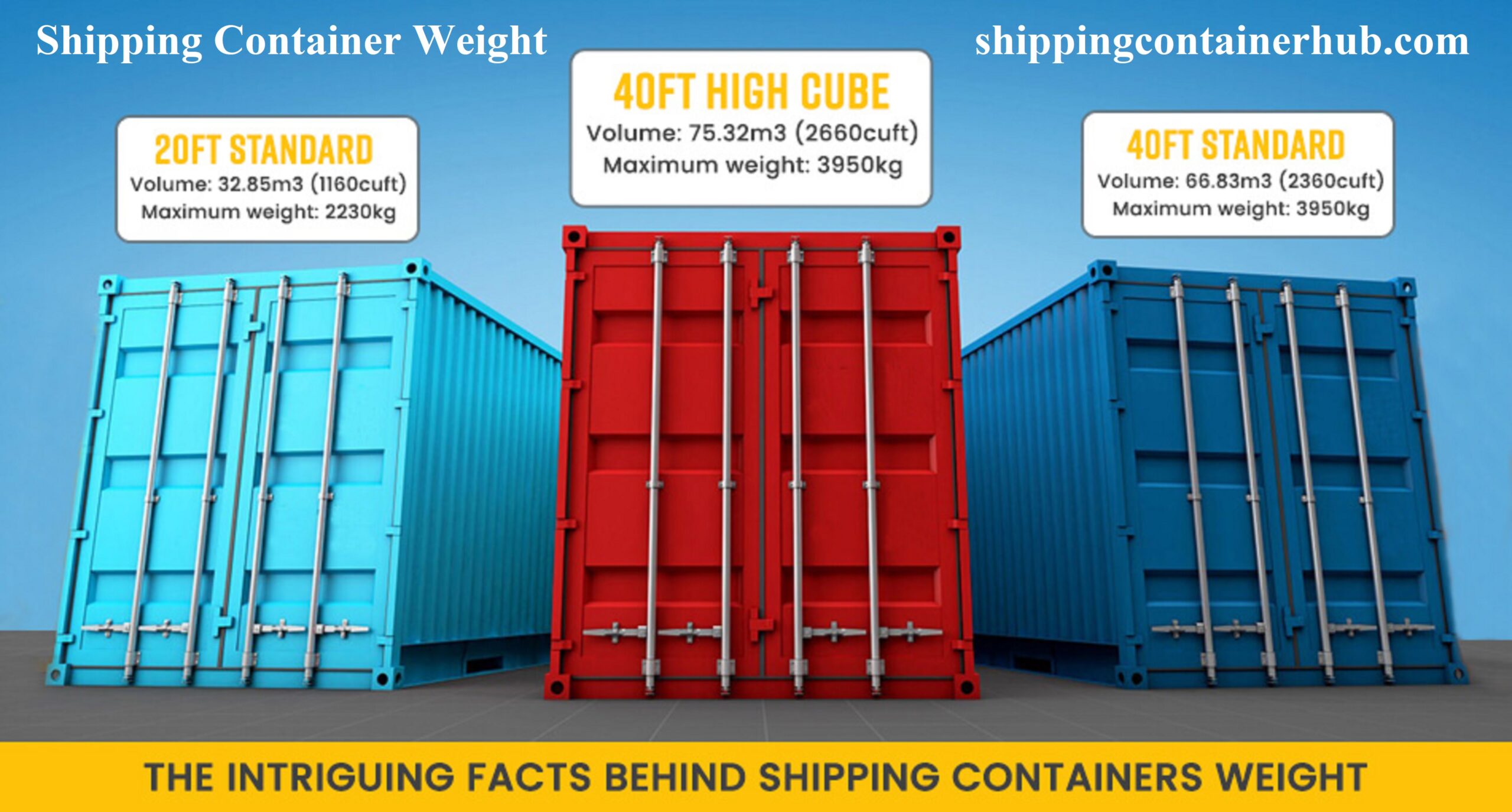
-
Save
Benefits of Choosing Shipping Container Homes
Opting for a shipping container home comes with numerous advantages:
- Affordability: Shipping container homes are generally more affordable than traditional homes, allowing individuals and families to enter the housing market.
- Customization: With endless design possibilities, shipping containers can be tailored to meet individual needs and preferences.
- Durability: Made from robust steel, shipping containers are designed to withstand harsh conditions, ensuring longevity.
- Mobility: For those who love to travel or relocate frequently, container homes can be transported easily, providing a hassle-free living solution.
- Eco-Friendly: As mentioned, these homes promote sustainability by repurposing existing structures.
Common Myths About Shipping Container Homes
Despite their growing popularity, many myths surround shipping container homes. Let’s debunk a few:
- Myth 1: Shipping container homes are cramped.
Reality: With thoughtful design, shipping containers can be spacious and open, providing all the comforts of a traditional home. - Myth 2: They are not durable.
Reality: Shipping containers are built to endure harsh maritime conditions, making them incredibly durable and resilient. - Myth 3: Container homes are expensive.
Reality: While initial costs may vary, they often prove more affordable than traditional homes, especially with rising real estate prices.

-
Save
FAQs: Your Questions Answered
Q: How much does a 20-foot shipping container weigh empty?
A: An empty 20-foot container weighs approximately 2,200 kg (4,850 lbs).
Q: What is the weight of a 40-foot shipping container?
A: A 40-foot container weighs about 3,800 kg (8,377 lbs) when empty and up to 30,480 kg (67,200 lbs) when loaded.
Q: Can shipping container weight affect home design?
A: Yes, the weight impacts foundation requirements, mobility, and overall structural integrity.
Q: Are shipping container homes eco-friendly?
A: Yes, they promote sustainability by repurposing existing structures and often incorporate energy-efficient materials and designs.
Join the Movement: Transform Your Living Space
Are you ready to embrace the future of living? At ShippingContainerHub.com, we’re more than just a company—we’re a community. Follow us on LinkedIn, Pinterest.
Share via:







